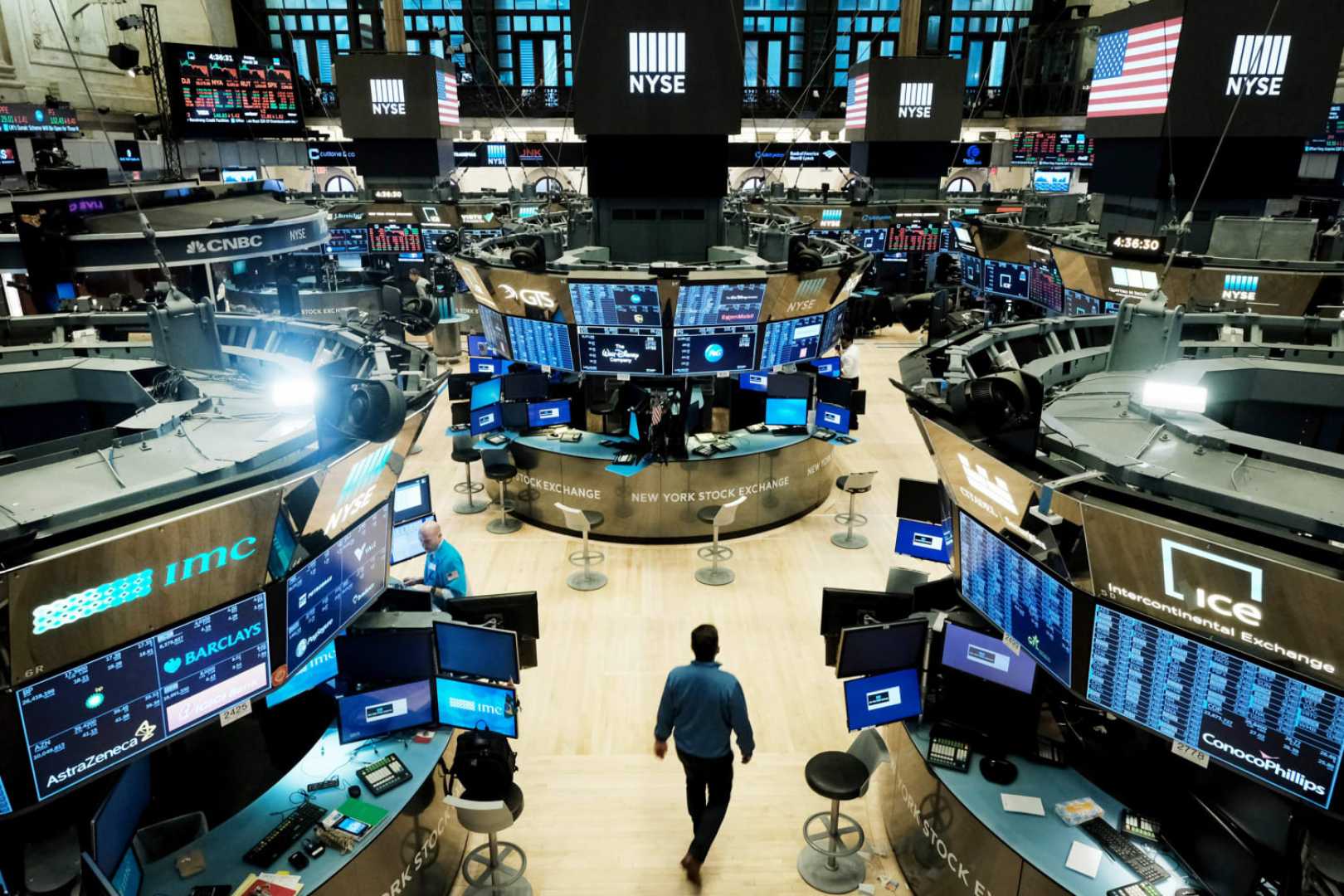Business
Wall Street Rebounds Amid Tariff Fears and Market Instability

New York, NY — U.S. stocks opened higher on Tuesday following a tumultuous three trading session, signaling a potential rebound in the markets as investors sought opportunities amidst ongoing tariff concerns.
The Dow Jones Industrial Average surged by 1,360 points, or 3.6%, while the S&P 500 gained 3.4%, and the Nasdaq Composite increased by 3.76%. These gains came after a significant downturn that had left Wall Street investors rattled.
Recent fears surrounding President Donald Trump’s tariff policies, which threaten to push the U.S. economy toward a recession, had caused a severe drop in stock prices over the last few days. However, after this period of market distress, many investors appeared eager to buy stocks that they viewed as oversold.
“This is very normal action and very technical in nature after a shock period,” said Keith Lerner, chief market strategist at Truist. “The market is extremely oversold, and markets don’t move in a linear fashion.”
Lerner emphasizes that significant market rebounds often follow substantial declines, as investors with fear of missing out (FOMO) try to re-enter the market. He remarked that in times of uncertainty, new information tends to be overanalyzed, leading to wide market fluctuations.
In a notable instance of market reaction, stock prices surged on Monday at speculation of a potential pause in tariffs, speculation that was quickly dismissed by the White House. “Yesterday market players saw how the hint of ‘good news’ could rally markets by whole percentage points very quickly,” noted Michael Block, an analyst at Third Seven Capital. “Even though that proved to be all smoke, traders are now poised for the fire – that is, real news.”
Despite the optimistic market movement, concerns remain. Following the implementation of 10% tariffs on nearly all imports, additional significant tariffs are anticipated on select countries, with some tariffs possibly approaching 50% for a few nations, and tariffs on China potentially spiking to about 70%.
President Trump also indicated that an extra 50% tariff will be imposed on China if it does not retract its retaliatory tariffs. The U.S.-China trade relationship continues to spiral into a high-stakes standoff.
China’s Commerce Ministry has confirmed its steadfast position against U.S. tariff measures. The escalating trade conflict poses a challenge, putting both economies at risk of recession, as warned by analysts from major financial firms including Goldman Sachs and JPMorgan Chase.
While many on Wall Street remained hopeful for a diplomatic resolution, such optimism can be misleading. If tariffs continue to escalate, the economic consequences could be far-reaching, possibly bottoming out both markets and national economies.
In a pushback against looming pessimism, Peter Navarro, Trump’s chief trade advisor, claimed on Fox News, “It’s finding the bottom now… Dow 50,000. I guarantee that and I guarantee no recession.” However, this viewpoint contrasts sharply with other experts who argue that tariffs will likely elevate prices and diminish the global economy.
Despite these mixed signals, global markets showed signs of recovery. Major Asian stock indexes, including Japan’s Nikkei 225, saw substantial gains, closing 6% higher. South Korea’s Kospi increased by 0.3% while Australia’s ASX 200 rose by 2.3%.
European markets reflected similar trends with the benchmark STOXX 600 index climbing 2.7%, while other major indices also posted solid gains. Investors are now watching closely as developments unfold surrounding tariff discussions.
The economic landscape remains volatile, and as analysts express caution, one thing remains clear: the potential for rapid market changes continues, and strategic investor maneuvering is more crucial than ever.












